Residential SERIES • Project FEATURE
Harmonious Habitat – Woodsong by Alfred Browning Parker
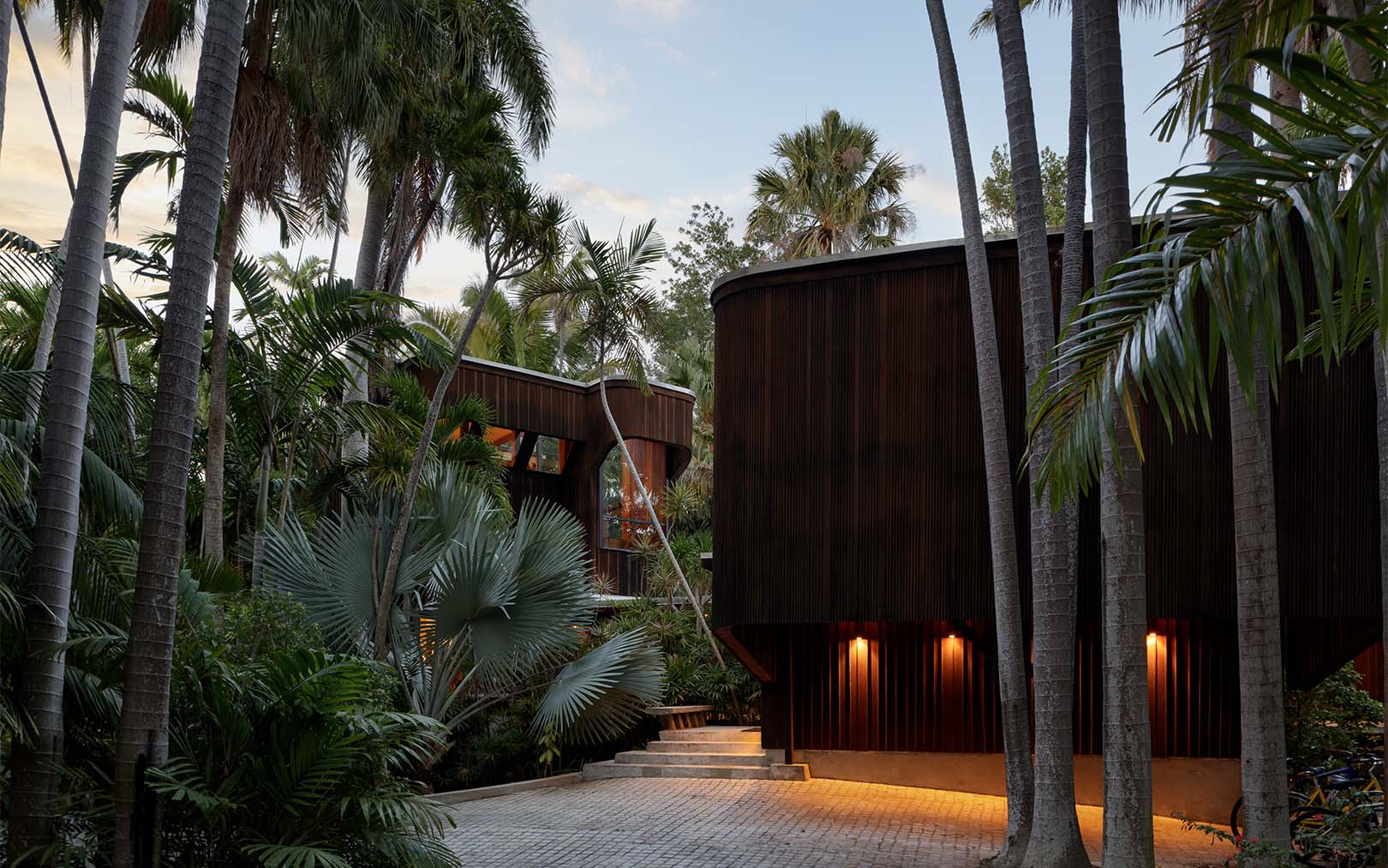
Woodsong, a remarkable creation by Alfred Browning Parker, famed for his contribution to mid-century modern architecture, is more than a building; it's a celebration of harmony between man-made structures and nature. Nestled in the lush landscapes of Florida, Woodsong exemplifies Parker's philosophy of organic architecture, where every element acknowledges and respects its natural surroundings.
The design of Woodsong is a testament to Parker's ingenious use of natural materials. The extensive use of wood, stone, and glass in the structure not only enhances its aesthetic appeal but also ensures sustainability. The wooden beams and panels, sourced locally, blend seamlessly with the surrounding flora, while the large glass windows and skylights invite natural light, reducing the need for artificial illumination.
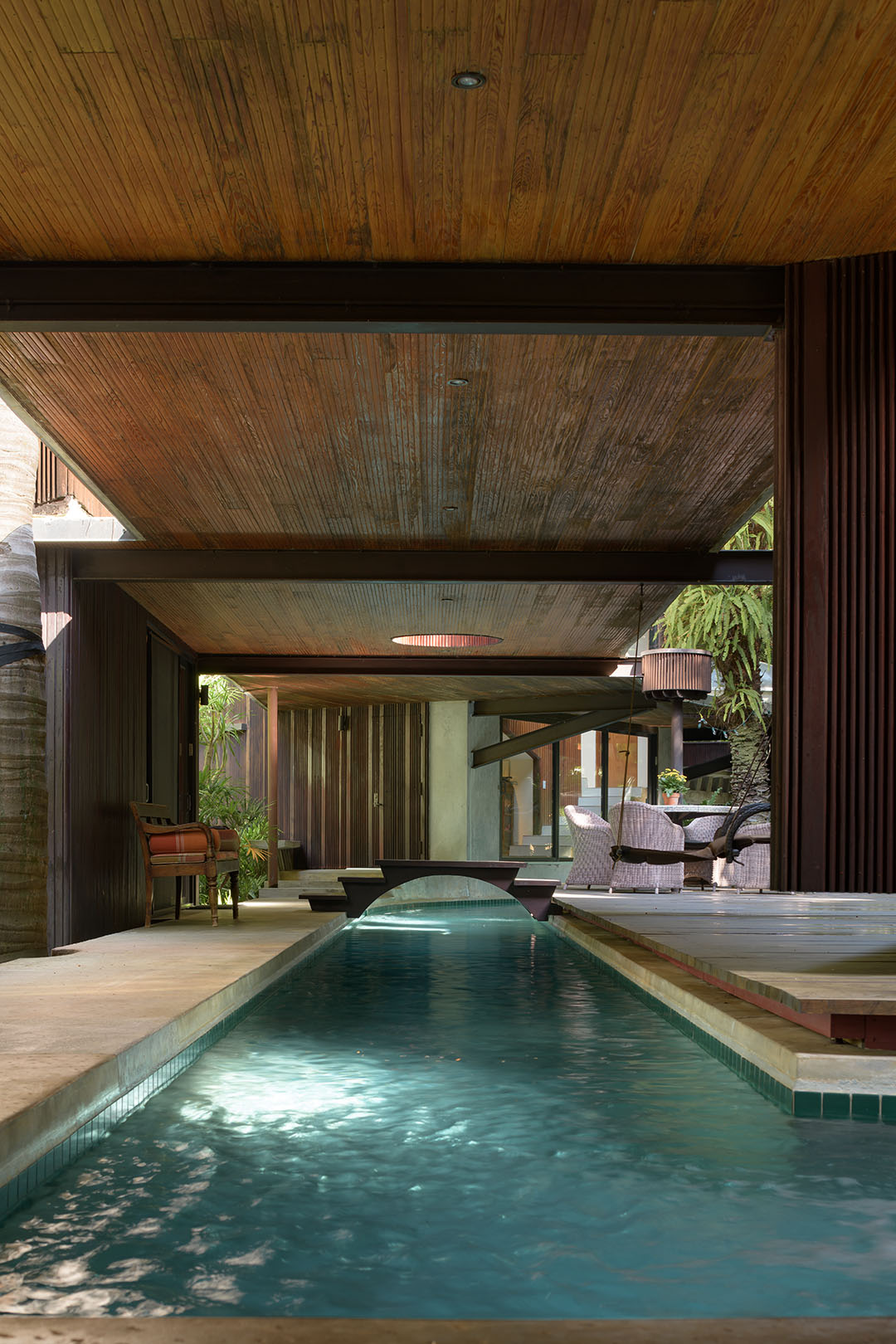
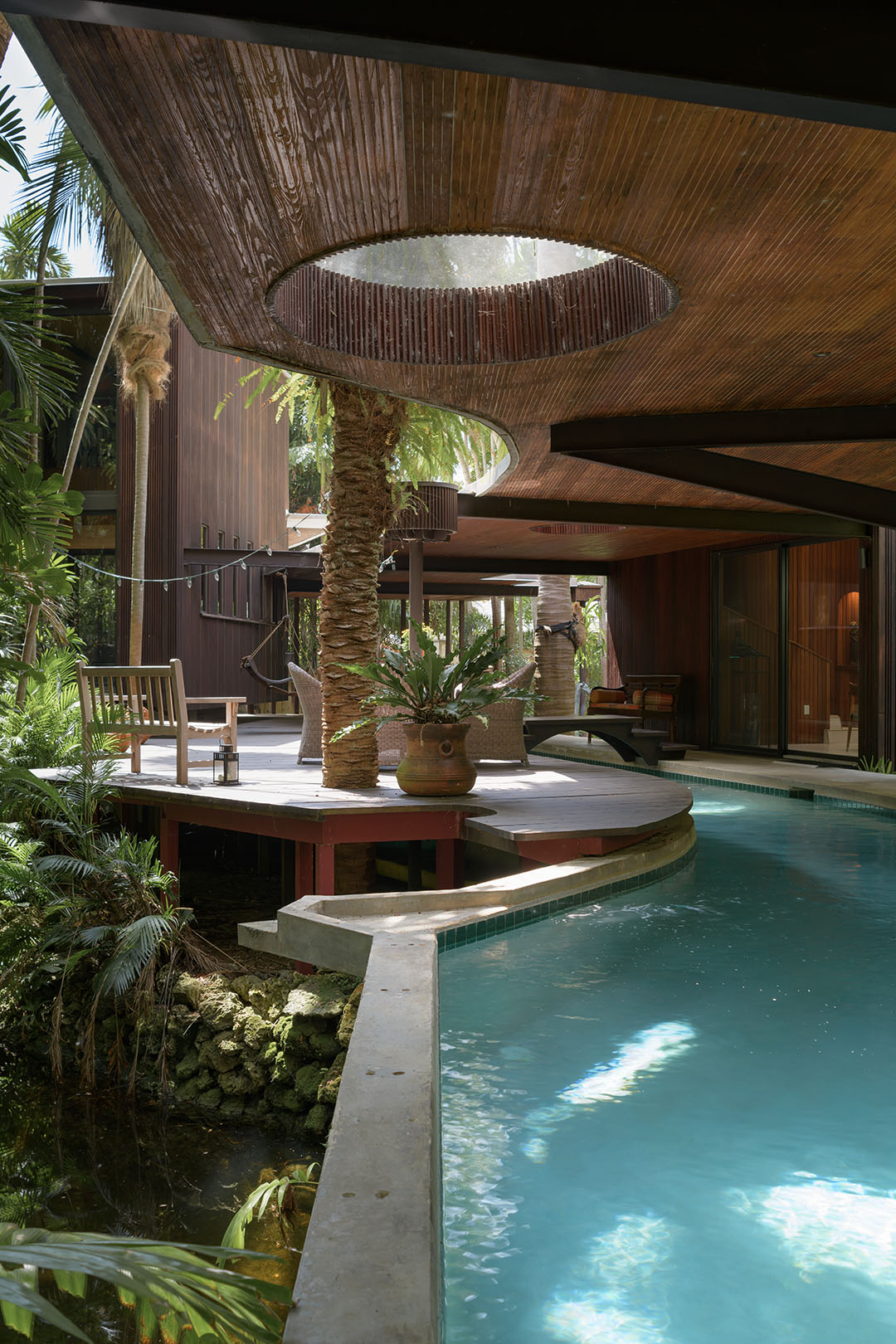
"A symphony of natural materials, seamlessly integrating architecture with its lush Floridian surroundings"
One of Parker's key achievements in Woodsong is the flawless integration of the building with its environment. The house seems to rise organically from the ground, with its open terraces and wide overhangs offering a continuous dialogue with the outdoors. The surrounding greenery is not just a backdrop but an integral part of the living experience at Woodsong.
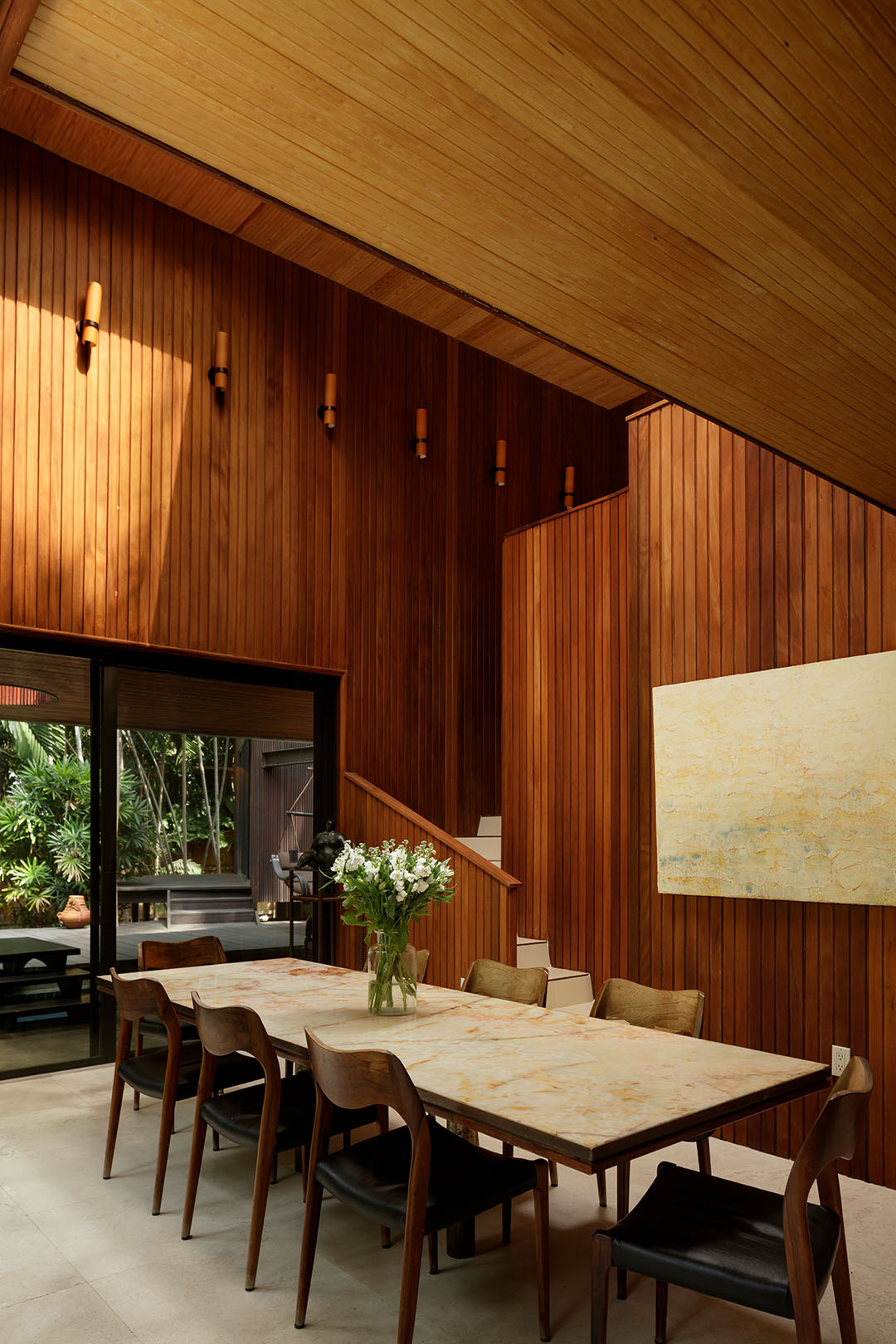
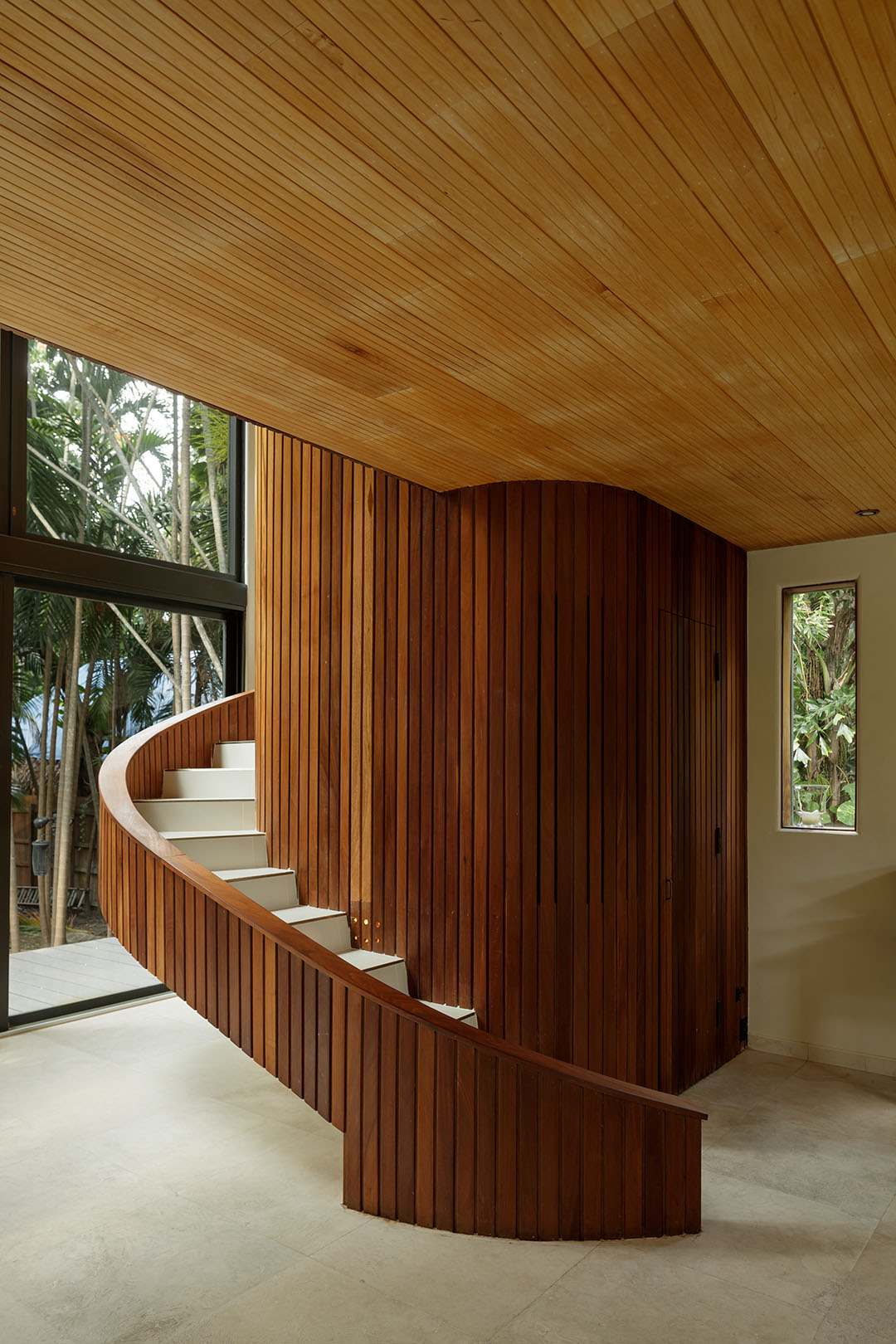
Inside, Woodsong's design continues to pay homage to nature. The open-plan layout ensures a fluid transition between spaces, promoting both interaction and privacy. Natural wood finishes and earthy tones dominate the interior, creating a warm, inviting atmosphere. The bespoke furniture, designed by Parker himself, complements the architecture's clean lines and organic forms.

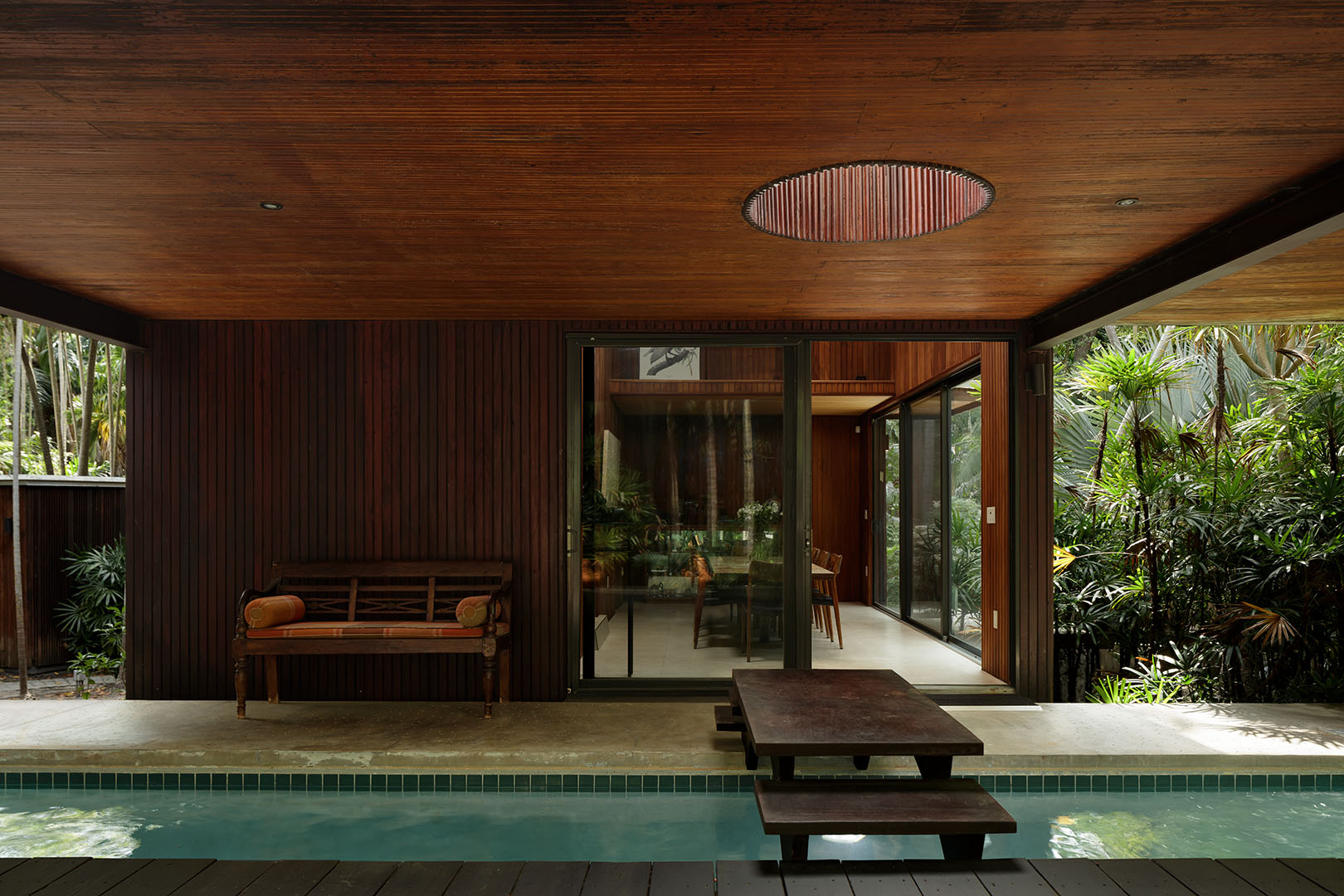
Woodsong was ahead of its time in terms of sustainability. Parker's use of passive solar design, natural ventilation, and energy-efficient materials demonstrates his foresight in eco-friendly architecture. The house's orientation and design elements work in unison to maximize energy efficiency, proving that aesthetic elegance can coexist with environmental consciousness.
The outdoor spaces of Woodsong are as meticulously designed as the interior. The integration of native plants, water features, and organic pathways creates a serene outdoor sanctuary. These elements not only enhance the beauty of the property but also promote biodiversity and ecological balance.
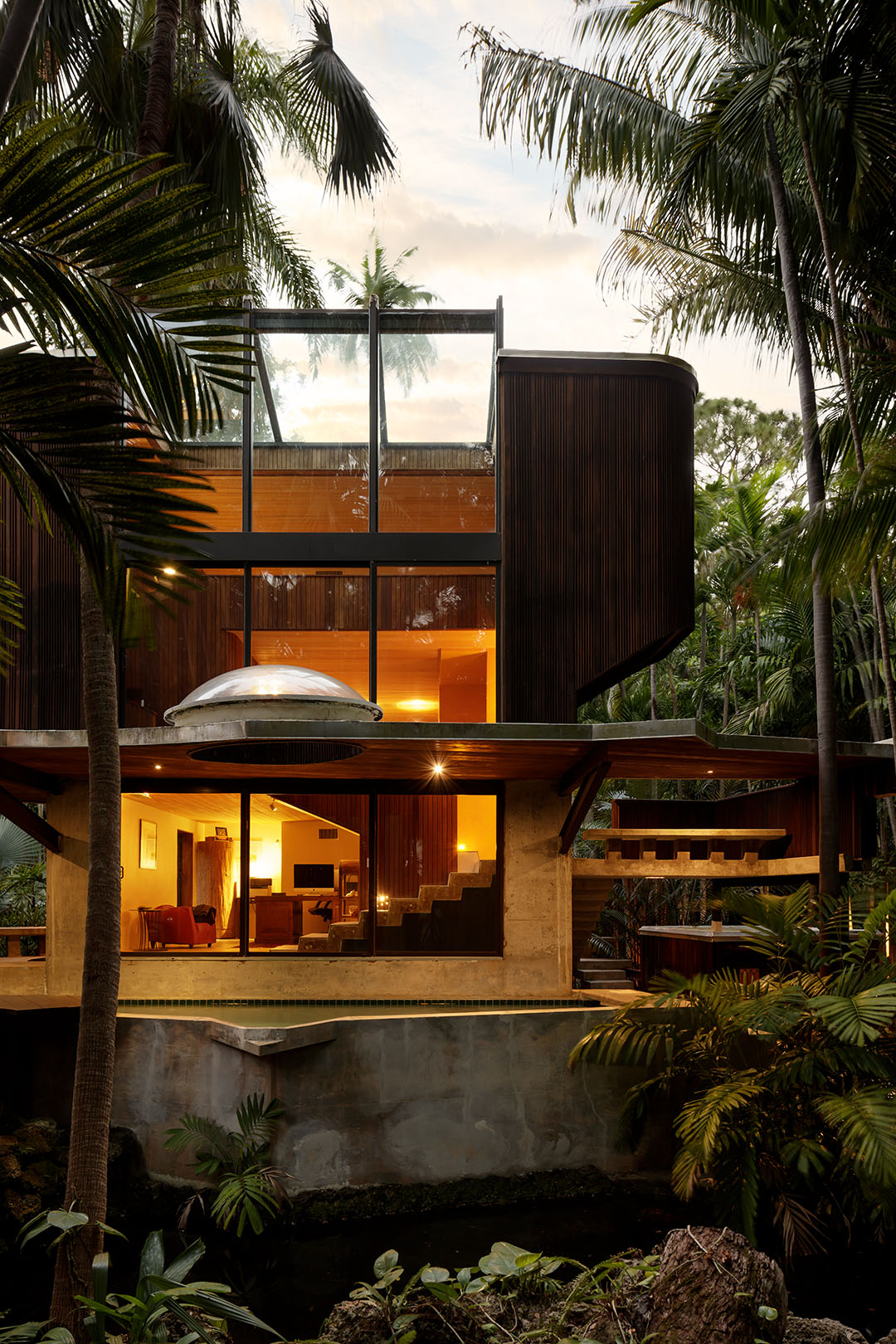
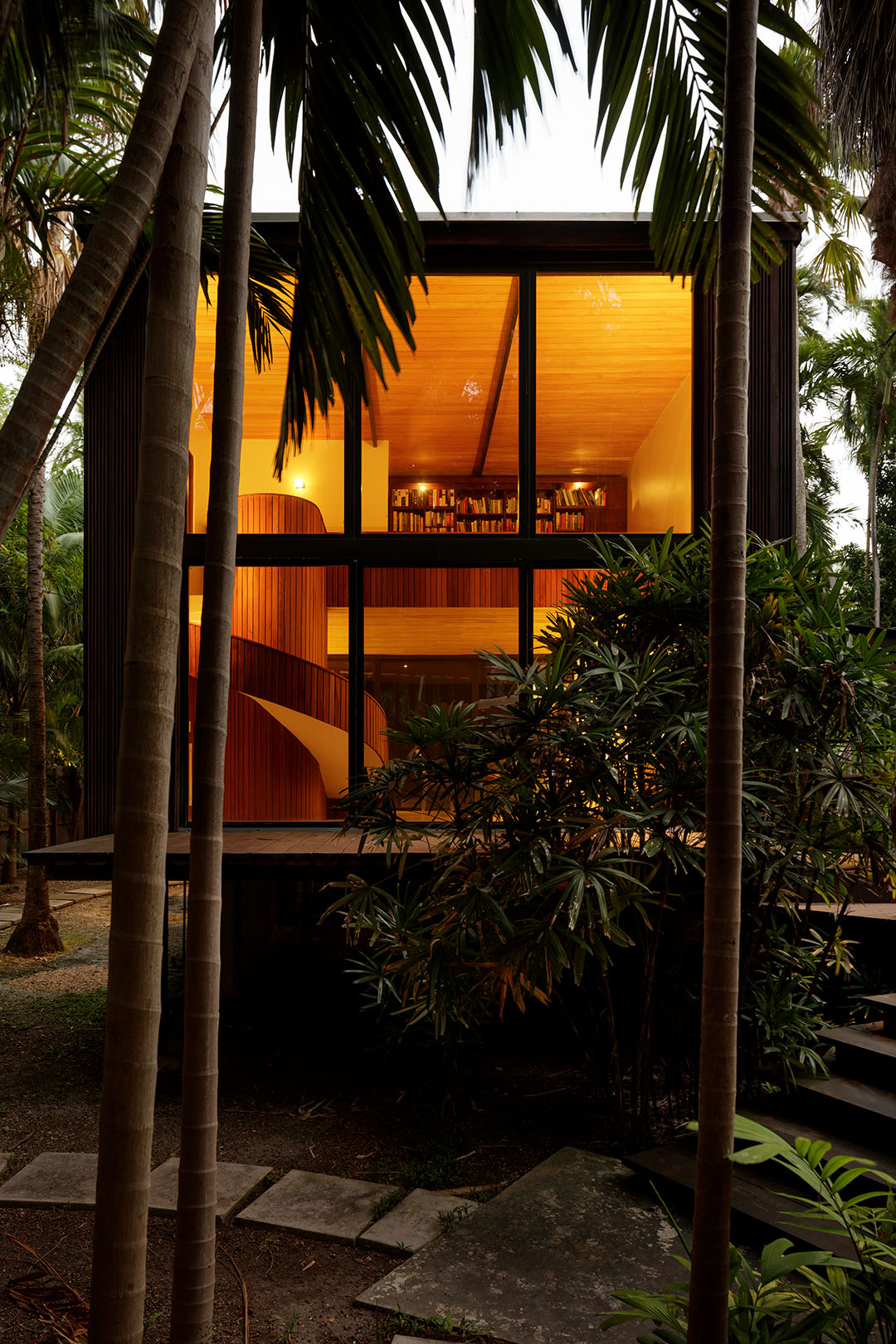
Woodsong holds a significant place in architectural history, reflecting the ethos of the mid-20th century and Parker's innovative vision. Its design has inspired generations of architects and designers, emphasizing the importance of integrating buildings with their natural context.
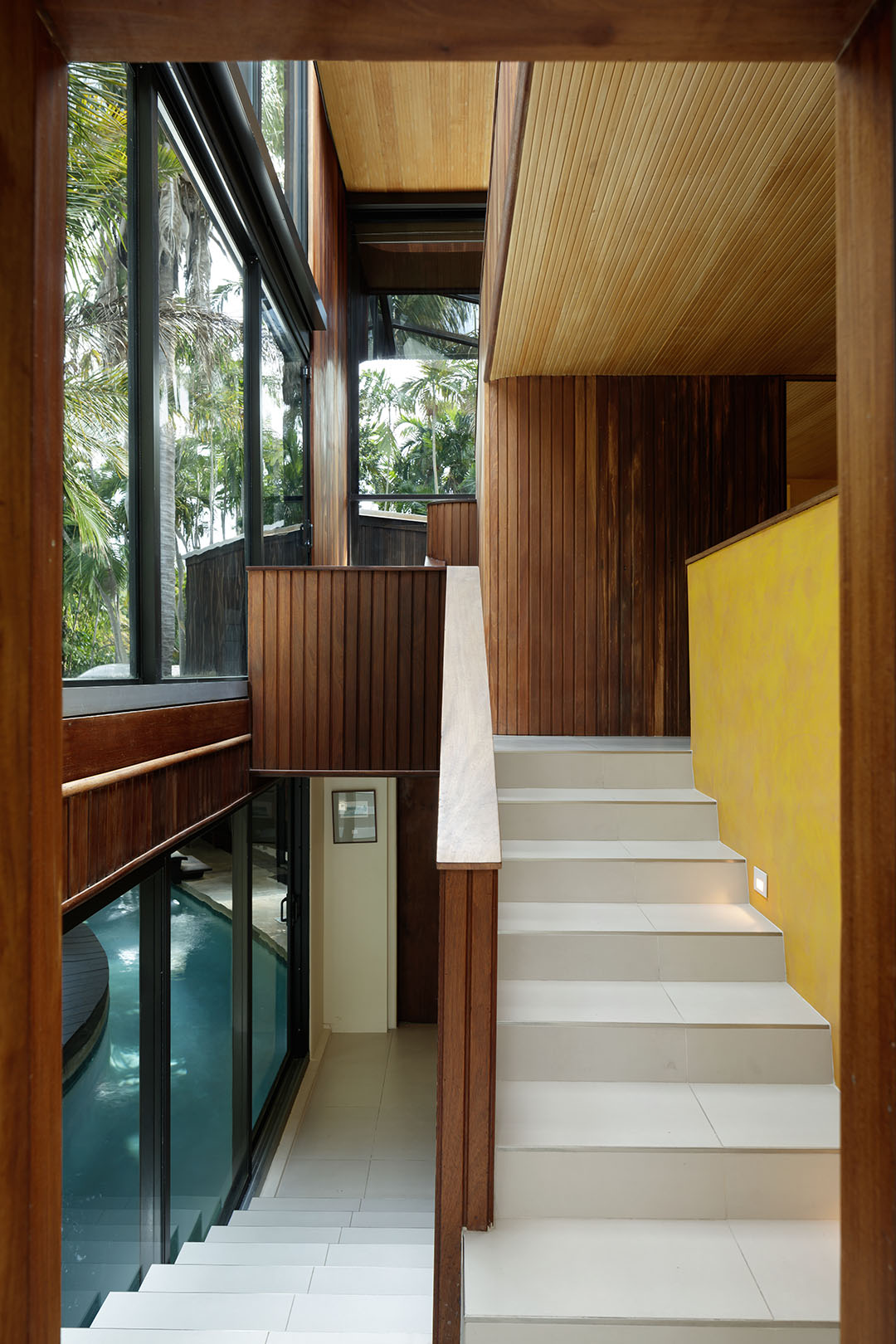
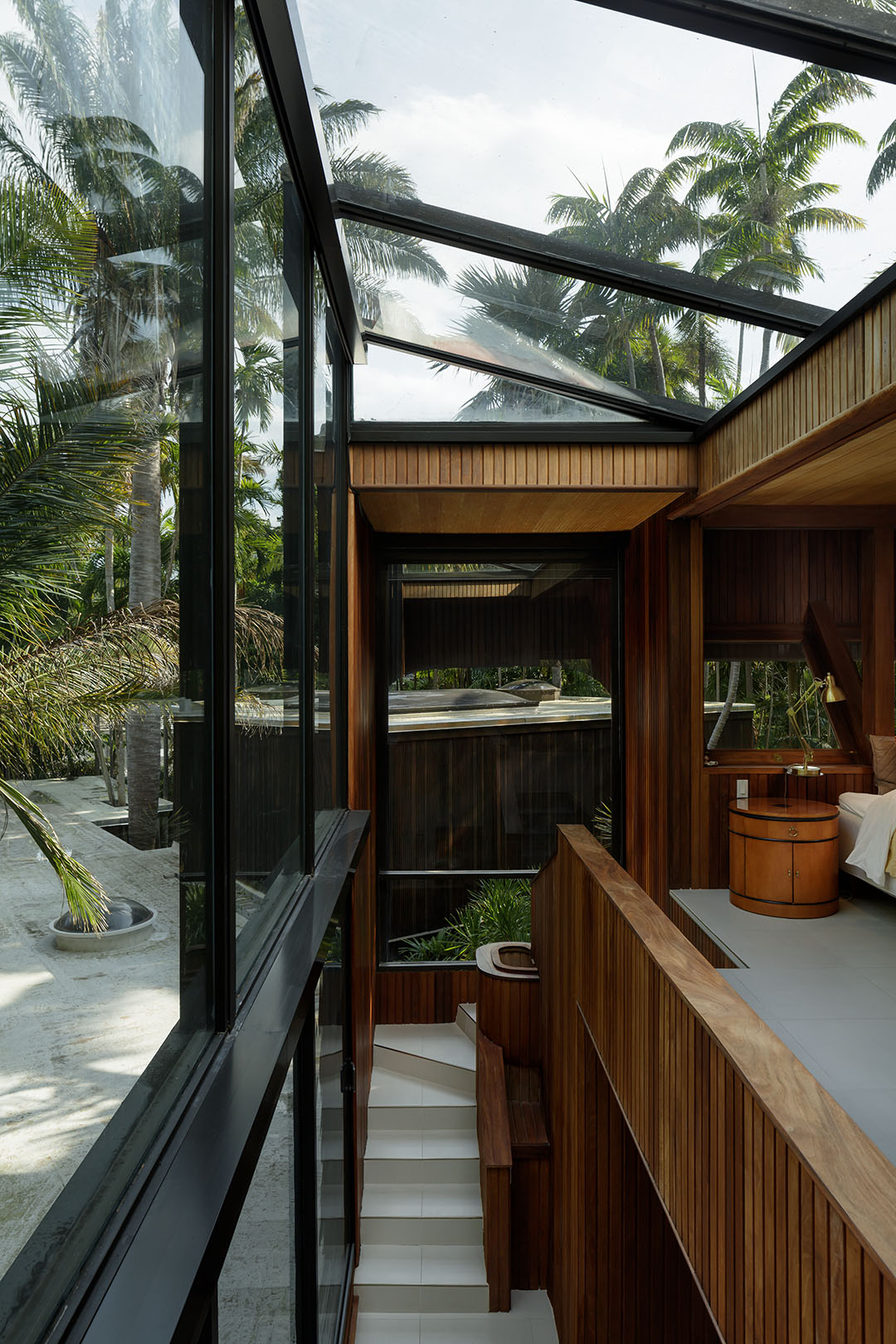
Over the years, Woodsong has undergone careful restoration to preserve its original charm and functionality. These efforts ensure that the house remains a living example of Parker's architectural genius, allowing it to continue inspiring and educating future architects and enthusiasts. Woodsong's influence extends beyond its physical boundaries. It represents a philosophy where architecture is not just about creating spaces but about respecting and enhancing the natural environment. This legacy continues to resonate in contemporary architectural practices, emphasizing the need for sustainable and harmonious design.
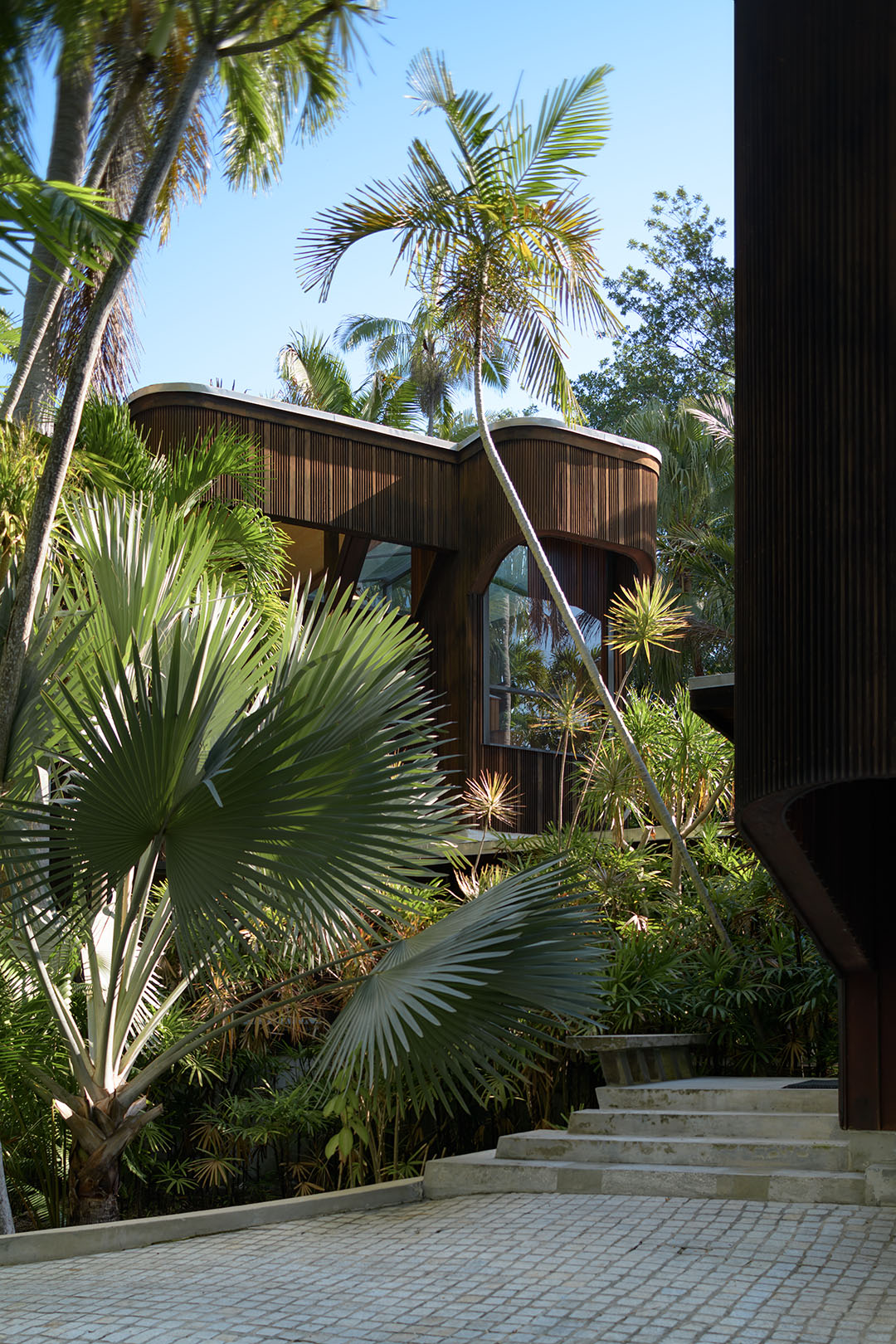
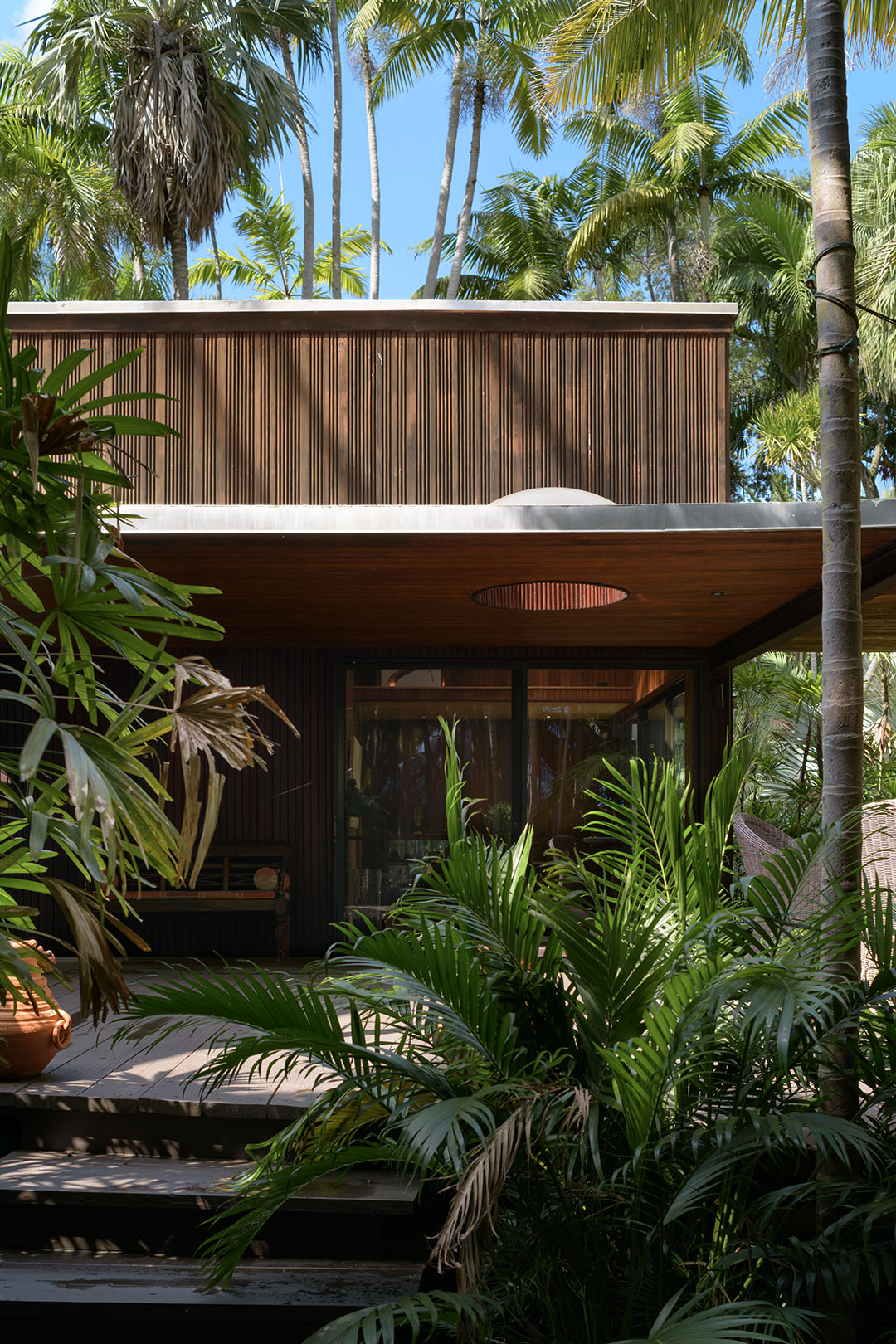
Today, Woodsong stands not only as a magnificent architectural feat but also as a reminder of the potential for harmonious coexistence between human habitats and the natural world. Its timeless design, sustainable features, and profound respect for the environment make Woodsong a paragon in modern architecture and an enduring source of inspiration.